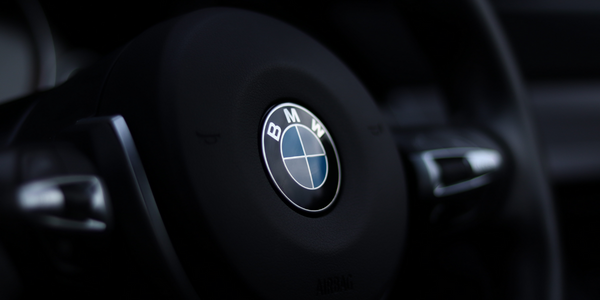Technology Category
- Robots - Autonomous Guided Vehicles (AGV)
- Sensors - Autonomous Driving Sensors
Applicable Industries
- Automotive
- Retail
Applicable Functions
- Sales & Marketing
Use Cases
- Smart Parking
- Vehicle-to-Infrastructure
About The Customer
The customer in this case study is Bentley, a renowned luxury automobile manufacturer. Known for its high-end, luxurious vehicles, Bentley is always at the forefront of innovation, seeking to provide its customers with unique and memorable experiences. For the launch of its all-new Bentayga EWB, Bentley wanted to create an experiential marketing campaign that would not only showcase the physical attributes of the car but also highlight the psychological benefits of its wellness-focused design. The company partnered with Iris Worldwide, a global creative innovation network, to bring this vision to life.
The Challenge
Bentley, in partnership with Iris Worldwide, was looking to launch a unique experiential marketing campaign for the all-new Bentayga EWB, a luxury SUV with an extended wheelbase. The challenge was to highlight the extra space and wellness-focused design of the back seat, akin to a first-class air travel seat. The company wanted to provide prospective buyers with a firsthand experience of the vehicle's comfort and luxury before its official launch. The aim was not only to showcase the physical attributes of the car but also to demonstrate the psychological benefits of sitting in a Bentayga EWB.
The Solution
The solution was an innovative dealer tour activation that involved a vehicle traveling to dealerships across the United States. Prospective buyers were given the opportunity to experience the car in person before anyone else. The unique aspect of this experience was the use of a headset that measured the user's heart and brain activity as they underwent a short meditation session in the vehicle. A screen in the back of the vehicle responded to brain activity in real time, providing a dynamic and interactive experience. At the end of the session, users received a personal representation of their brain's activity in the form of an NFT-like artwork. This artwork, consisting of colors and shapes, represented the journey that the guest's mind took while experiencing the car's comfort, extra space, and wellness. This artwork could be downloaded and shared on social media, adding a digital and shareable aspect to the physical experience.
Operational Impact

Case Study missing?
Start adding your own!
Register with your work email and create a new case study profile for your business.
Related Case Studies.

Case Study
Integral Plant Maintenance
Mercedes-Benz and his partner GAZ chose Siemens to be its maintenance partner at a new engine plant in Yaroslavl, Russia. The new plant offers a capacity to manufacture diesel engines for the Russian market, for locally produced Sprinter Classic. In addition to engines for the local market, the Yaroslavl plant will also produce spare parts. Mercedes-Benz Russia and his partner needed a service partner in order to ensure the operation of these lines in a maintenance partnership arrangement. The challenges included coordinating the entire maintenance management operation, in particular inspections, corrective and predictive maintenance activities, and the optimizing spare parts management. Siemens developed a customized maintenance solution that includes all electronic and mechanical maintenance activities (Integral Plant Maintenance).

Case Study
Improving Production Line Efficiency with Ethernet Micro RTU Controller
Moxa was asked to provide a connectivity solution for one of the world's leading cosmetics companies. This multinational corporation, with retail presence in 130 countries, 23 global braches, and over 66,000 employees, sought to improve the efficiency of their production process by migrating from manual monitoring to an automatic productivity monitoring system. The production line was being monitored by ABB Real-TPI, a factory information system that offers data collection and analysis to improve plant efficiency. Due to software limitations, the customer needed an OPC server and a corresponding I/O solution to collect data from additional sensor devices for the Real-TPI system. The goal is to enable the factory information system to more thoroughly collect data from every corner of the production line. This will improve its ability to measure Overall Equipment Effectiveness (OEE) and translate into increased production efficiencies. System Requirements • Instant status updates while still consuming minimal bandwidth to relieve strain on limited factory networks • Interoperable with ABB Real-TPI • Small form factor appropriate for deployment where space is scarce • Remote software management and configuration to simplify operations











